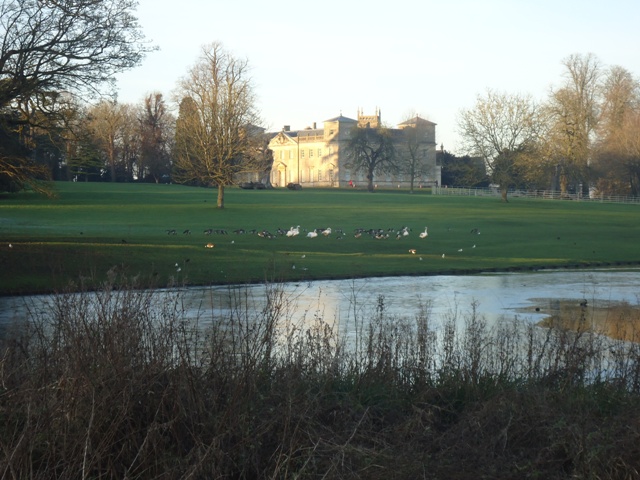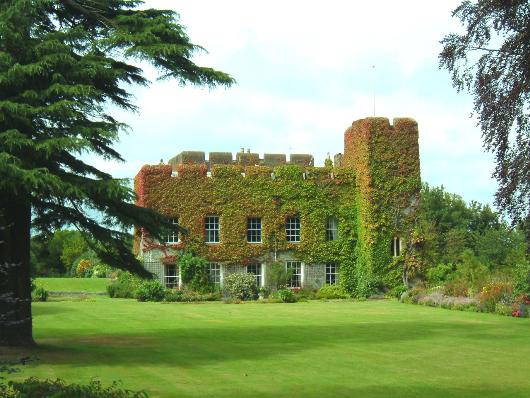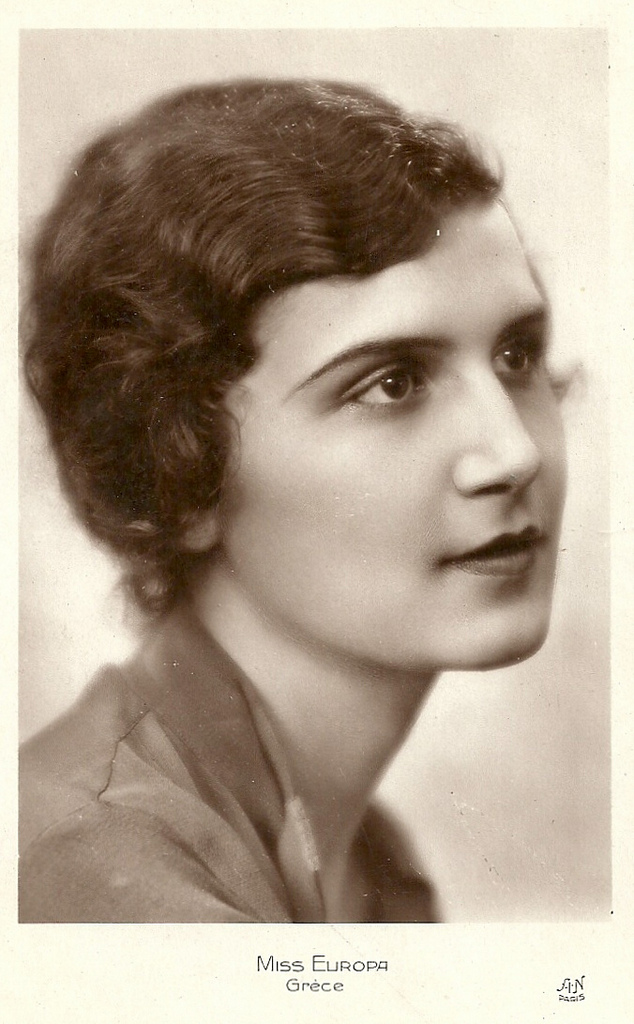

The Lydiard Park estate came in to the possession of the St John family when Oliver St John married Margaret Beauchamp in about 1425. The North Wiltshire estate would remain in the family for more than 500 years, but when did the St Johns themselves arrive in England?

Lydiard House and Park
Originally from St.Jean-le-Thomas in Normandy the St John name appears on a charter dated 1053 witnessed by none other than William, Duke of Normandy who just thirteen years later would invade and conquer England. And there are Charters linking Thomas St. John, Sheriff of Oxford as Thomas St. John, son of Raoul and formerly of St. Jean-le-Thomas.
Some forty years later there is a record that Thomas de St John was granted land by Henry I, which led to a theory that the St Johns didn’t leave Normandy until after 1066.
These facts also dispel the myth that a St John was, supposedly, one of the twelve knights that conquered Glamorgan under fitzHamo in the late 11th century.
But by the end of the 13th century there is a definite sighting of the St Johns at Fonmon Castle, ten miles west of Cardiff.
It is believed the first castle was a timber built structure. The stone version was built in 1180 by Baron Adam de Port, Lord Basing, about the same time that he married Mabel, the daughter of Reginald de Aurevalle and the grandchild and heir of Roger St John. However, the supposed connection between de Port family and Fonmon is very new and without documentation. Several historians have ‘suggested’ that William St.John (son of Adam de Port) is the person who signed a Glamorganshire 13th century charter, but as yet no one has found any proof.
Adam De Port’s son William declared on entry to parliament that he (William de Port) was from this day forward to be known as William Sancto Johannes. It is likely
that William’s mother died before the St.John inheritance passed to her
son. Panel two of the St John polyptych in St Mary’s Church, Lydiard Tregoze, shows these relationships and GEC Complete Peerage quotes the Latin text of William’s declaration to parliament.
In a charter dated to before 1121, Thomas St. John of St. Jean-le-Thomas mentions his brothers John and Roger and a nephew Ralf de Port so there must be other family relationships between the two families.
During the early to middle 13th century additions to the stone built structure included a square tower to the south and a round tower joining the main block.

Fonmon Castle
Fonmon Castle along with lands at Bletso in Bedfordshire descended through the elder son of Oliver St John and Margaret Beauchamp until 1656 when it was sold to Colonel Phillip Jones, MP, Privy Councillor and Cromwell’s right hand man and 7x great grandfather of the present owner.
And for more than 250 years the property descended down the male line of the Jones family until Oliver Henry Jones died in 1917. Oliver had no children and the estate passed jointly to his nieces Beatrice and Clara Valpy, the daughters of his sister Edith Alicia Jones. Clara married Sir Seymour William Brooke Boothby, the grandparents of Sir Brooke Charles Boothby, 15th Bt and the present owner of Fonmon Castle.
It has been the family’s proud claim that during the castle’s 800 year history it has only been owned by two families, the St John and the Jones, but guess what – it get’s even better then that.
In 1976 Sir Brooke Charles Boothby married Georgiana Alexandra Russell, the daughter of Aliki Diplarakou (Miss Europe 1930) and her second husband Sir John Wriothesley Russell. Now does the Russell name ring any bells with you, I wonder?

Aliki Diplarakou
Well let’s skip back a couple more generations – Sir John Wriothesley Russell’s father was Sir Thomas Wentworth Russell, Commandant of the Cairo City Police and Director of the Narcotic Intelligence Bureau; then we have Rev Henry Charles Russell, Rector at Wollaton, Northants and Lieutenant Colonel Lord Charles James Fox of the 52nd Regiment until we arrive at John Russell, 6th Duke of Bedford.
Now we skip through the generations of the dukedom, back to Francis Russell, 4th Earl of Bedford, born at the end of the 16th century.
Nearly there – we have arrived at William Russell 1st Baron Russell of Thornhaugh. William was a professional soldier who gained the rank of Lieutenant General in 1585. The following year he fought in the Battle of Zutphen in the Netherlands and in 1587 became the Governor of Flushing. He was appointed Lord Deputy of Ireland on May 16, 1594.
But more importantly, for readers of this blog, William was the fourth son of Francis Russell, 2nd Earl of Bedford and his wife Margaret St. John.
Margaret St John, Countess of Bedford was the daughter of Sir John St John and Margaret Waldegrave. Sir John was head of the senior branch of the family, a great grandson of Margaret Beauchamp and had been raised at court by Margaret Beaufort (mother of Henry VII). Soldier and statesman Sir John entered the court of his kinsman Henry VIII. In 1533 he served as knight of the body, was ‘custos’ (guard) to Princess Mary in 1536 and chamberlain in the household of the Princess Elizabeth.
Margaret was one of four daughters born to this couple. After her first short lived marriage to William Gostwick, Margaret married Francis Russell, 2nd Earl of Bedford. The couple had at least seven children and the stories of Lady Anne and Lady Margaret have already featured in this Good Gentlewoman blog.
Margaret died at Woburn, the Russell family home, on August 27, 1562 from smallpox. She was buried at Chenies, Buckinghamshire where Francis later joined her in an elaborate alabaster tomb complete with coloured effigies of the couple and a lengthy inscription.
On April 6, 2014 Sir Brooke Boothby handed over the running of Fonmon Castle to his daughter Aliki Currimjee, 13x great granddaughter of Margaret St. John.
Now doesn’t that make a good story. My thanks to Sonia St John for passing it on.

Aliki Currimjee